
Native Bees and Insects
An exciting Eco Stop on the Discovery Trail where you can see up close and personal some of the bee and insect homes and how they are made.
- Australia has over 1600 different species of native bees. Most of these are solitary.
- Only two genera are colony forming, Tetragonula sp. and Austroplebeia sp. All of these bees are stingless.
- The bees in our hive are Tetragonula carbonaria.
- Honey bees are not native to Australia. They were introduced from Europe in 1822. European honey bees can forage up to 5km from the hive.
- Native bees forage within 500m of the hive. These colony forming bees do make honey. First Nations peoples often referred to them as ‘sugarbag bees’.
- There are over 1600 different species of native bee in Australia. Most native bee species are solitary, they don’t live in colonies (hives).
- Solitary bees do not have queens and workers. Instead, one female mates with a male bee and then builds an individual nest for her eggs.
- Some solitary bees like to make homes in mud or clay, others like to burrow into the pithy stem of dried bamboo, lantana, fennel or agapanthus, or even into untreated timber or wood.
- Most species of native bee live around 6 weeks. Only the female solitary bee uses the bee hotel for shelter and to lay her eggs, the male rests in foliage.
- Solitary bees can sting however they are not aggressive, and their sting is so small as to be ineffective.
- Insects are vital part of the ecosystem and play an important role in pollination and controlling pest species in our gardens.
- Native bees are important pollinators of food crops, native plants and wildflowers.
- The dry pollen carried on the legs or abdomen of solitary bees may pollinate flowers better than the moistened pollen carried by social bees.
- Some solitary bees can do a special kind of pollination called buzz pollination which native stingless bees cannot. This is especially important for crops such as tomatoes, eggplants and blueberries.
- There are many other beneficial insects in our garden like lacewings, beetles, wasps, hoverflies, ladybeetles and earwigs.
- If you want to encourage native and European bees and other beneficial insects into your garden, plant lots of flowers and don’t use insecticides (as they are indiscriminately kill all insects).
"NATURE KNOWS THE WAY -NATURE SHOWS THE WAY"





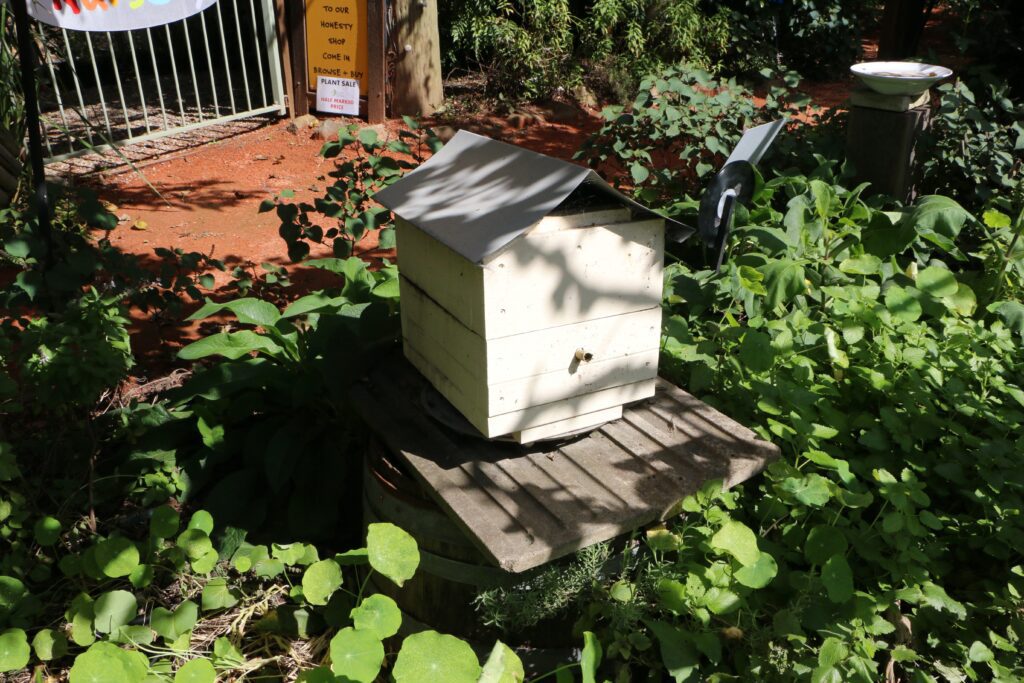;)
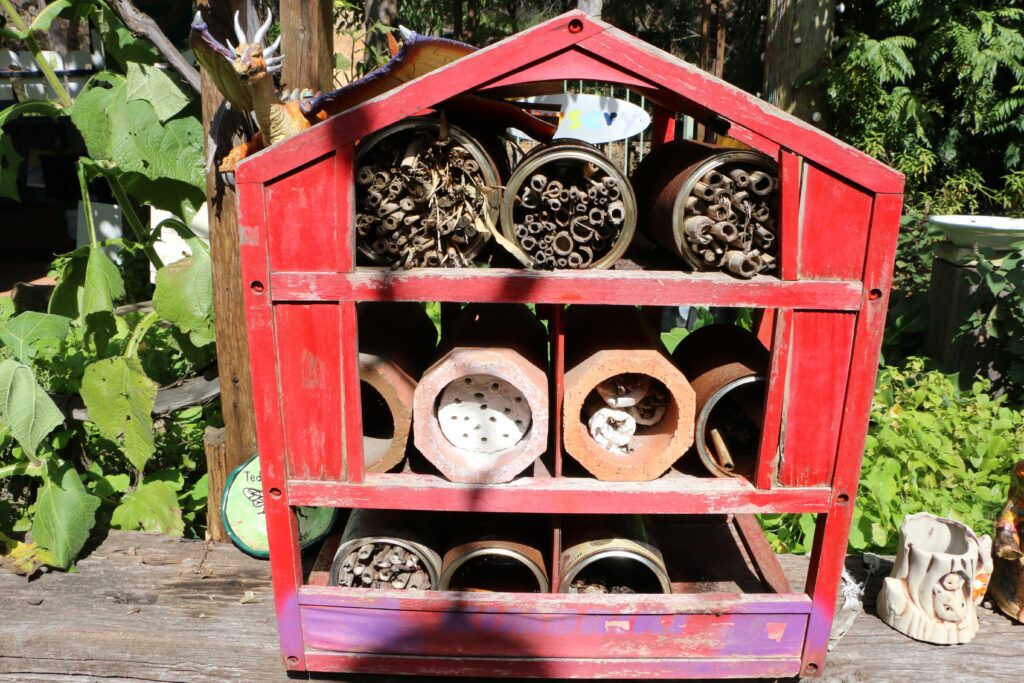;)
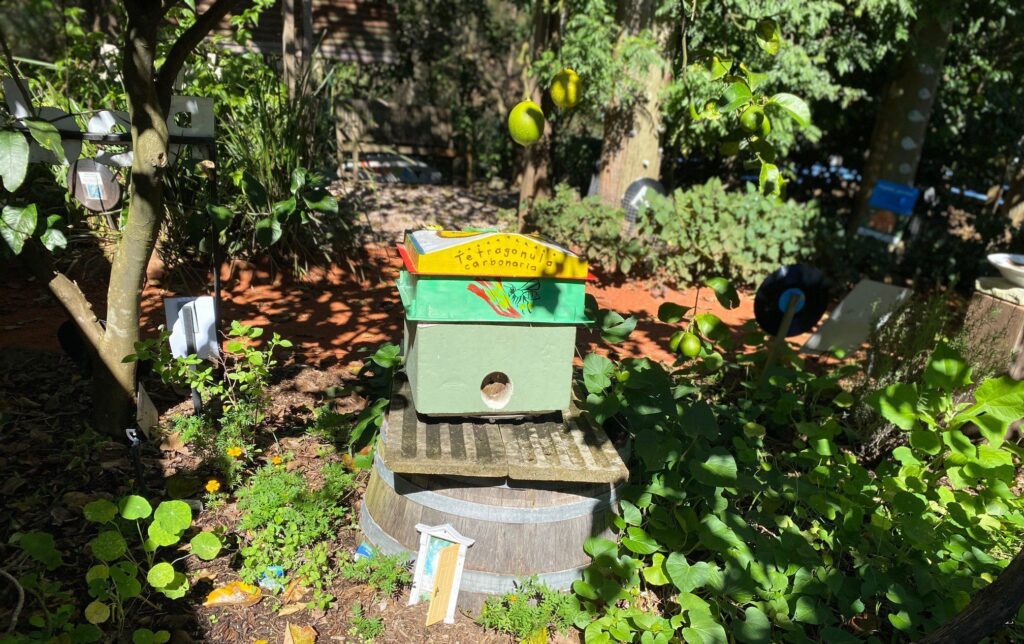;)
;)
;)
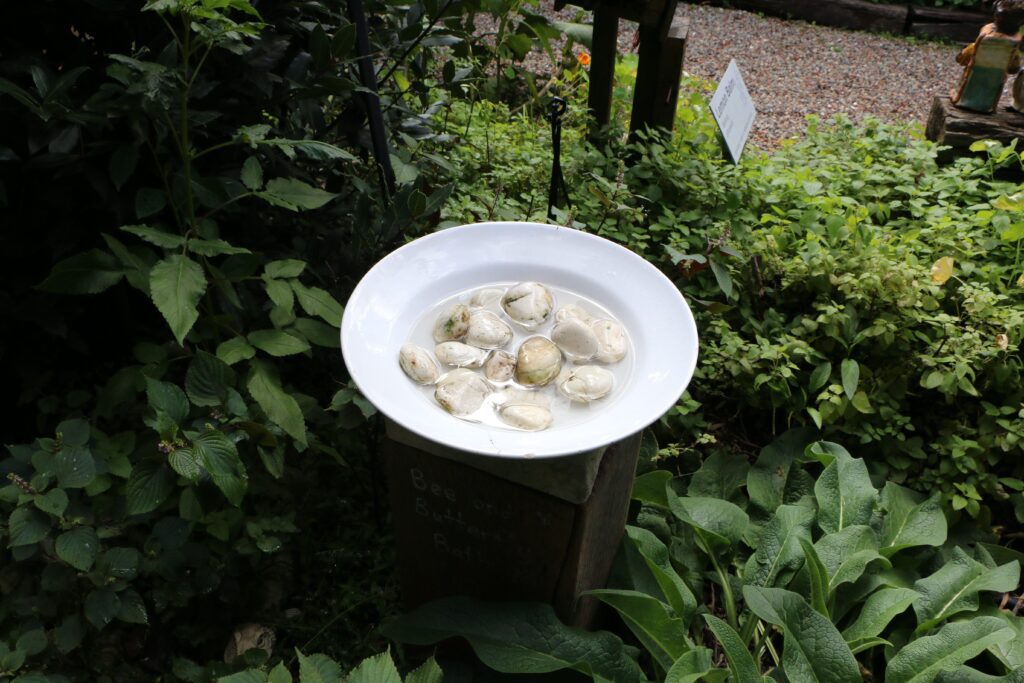;)
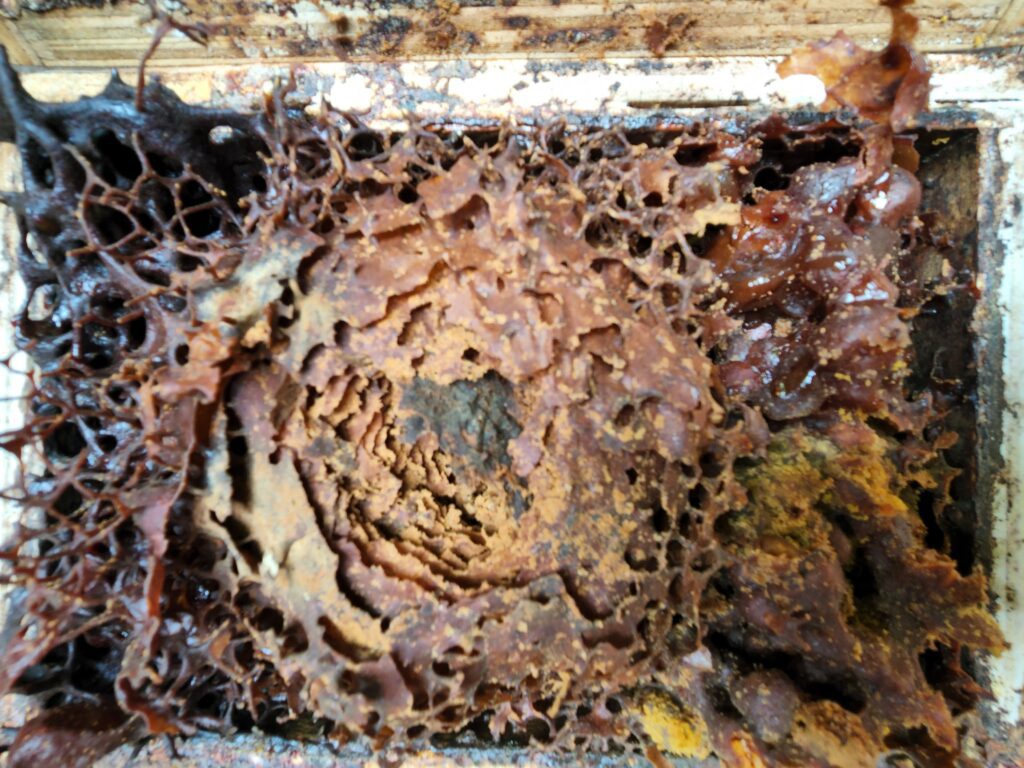;)






